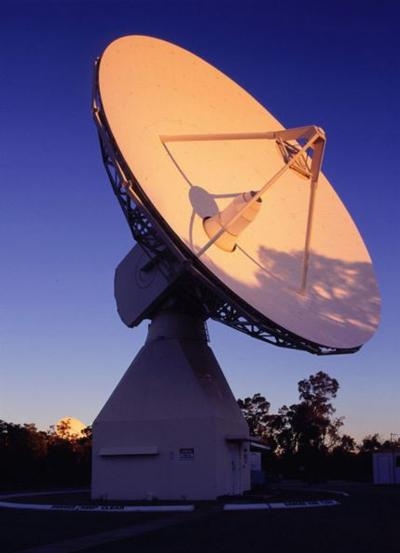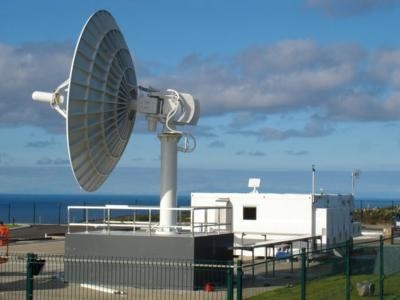Will Be Relocated After Australian Government Required It To Be Taken Offline
A decommissioned ESA ground station from Australia will be returned to service in the Azores, highlighting an innovative reuse that benefits both the Agency and European industry.

In December 2015, ESA’s tracking station in Perth, Western Australia (pictured), had to be closed owing to radio spectrum restrictions imposed by the national telecommunications authority.
The closure comes at a time when ESA’s station network – a mix of three, modern 35 m-diameter deep-space dishes and a mix of older, 15 m and smaller Earth stations – is adapting to evolutionary pressures, especially the need to increase science data download for future exploration missions such as Juice, Euclid and BepiColombo.
“At the same time, there is a need to support the development of commercial tracking service capabilities within European industry,” says Manfred Lugert, responsible for the network at ESA’s control centre in Darmstadt, Germany. “The network must nonetheless maintain and develop specific capabilities for tracking newly launched satellites and launcher rockets, and provide dedicated support in the event of any spacecraft contingencies.”
The estimated costs for simply scrapping the Perth station were significant, so the situation called for a solution that would benefit both ESA and European industry.

For almost a decade, ESA has worked in close cooperation with Portugal to maintain and operate a 5.5 m-diameter dish for tracking rockets on Santa Maria island, in the Azores (pictured). The island’s mid-Atlantic location is ideal for tracking launchers such as Soyuz and Ariane lifting off from Europe’s Spaceport in Kourou, French Guiana.
This cooperation has enabled local industrial partners to develop and expand their capability to provide tracking services, and Portugal, an ESA Member state, was eager to see this expand, if possible.
In December 2015, Portugal expressed a desire to acquire the Perth antenna with the aim of upgrading and re-opening it at Santa Maria station, providing new opportunities for Portugal’s national industry. “ESA agreed in principle, and we worked with our Portuguese partners to develop a plan under which the antenna can be used to provide tracking services to a range of customers, including the Agency’s own science missions, the downlinking of Earth observation data and, potentially, tracking the Proba-3 mission,” says Thomas Beck, responsible for external services involving the network.
“This will help to provide expanded commercial and scientific opportunities for Portuguese industry while also enabling ESA to procure tracking services when necessary, so it’s a real win–win result.”
The Perth antenna and associated equipment will be transferred at no cost to Portugal. Dismantling at Perth, transportation to Santa Maria and re-erecting the antenna will be carried out under ESA contract almost completely funded by Portugal. The Azorean regional government will provide some of the new site infrastructure to accommodate the large antenna.
(Images provided with ESA news release)
 ANN's Daily Aero-Term (05.02.24): Touchdown Zone Lighting
ANN's Daily Aero-Term (05.02.24): Touchdown Zone Lighting Aero-News: Quote of the Day (05.02.24)
Aero-News: Quote of the Day (05.02.24) Aero-News: Quote of the Day (05.03.24)
Aero-News: Quote of the Day (05.03.24) ANN's Daily Aero-Term (05.03.24): UAS Traffic Management (UTM)
ANN's Daily Aero-Term (05.03.24): UAS Traffic Management (UTM) ANN's Daily Aero-Linx (05.03.24)
ANN's Daily Aero-Linx (05.03.24)




